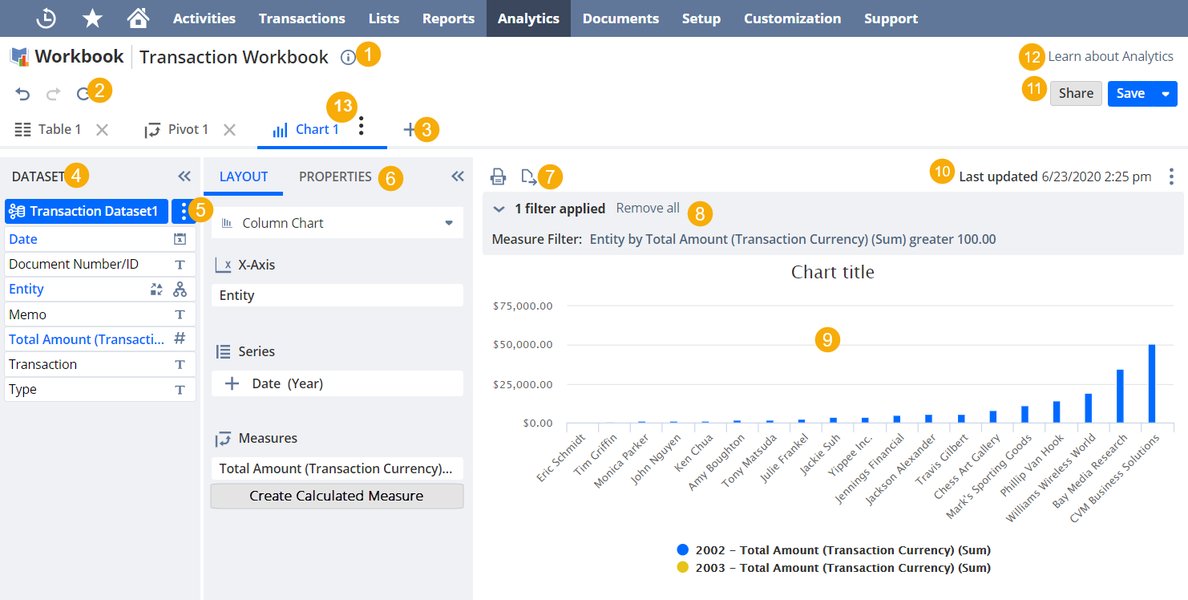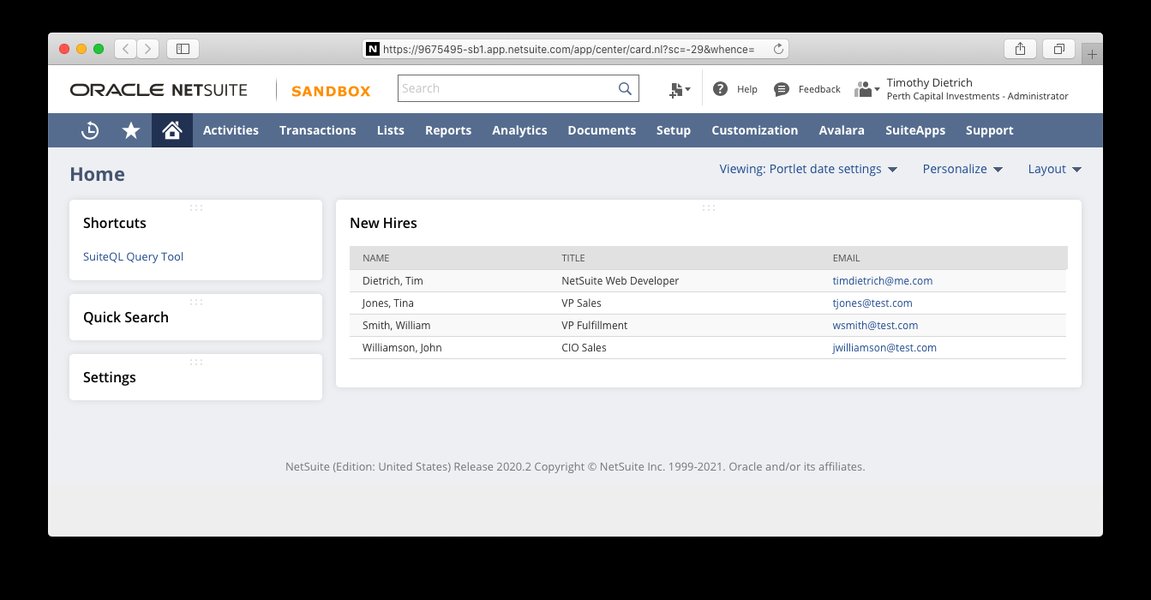
Unraveling NetSuite SuiteQL Column Limits via REST Web Services
Navigating the subtle constraints and best practices for comprehensive data retrieval in NetSuite.
Key Insights into SuiteQL Column Limits
- No Explicit Hard Limit: There is no officially documented hard limit on the *number of columns* that can be returned from a NetSuite SuiteQL query via REST Web Services.
- Practical Query Length Constraints: Users have reported issues where SuiteQL queries break when the query string itself exceeds approximately 290 characters, indirectly limiting the number of columns that can be practically included.
- Row Limits and Payload Size Matter: While column limits are not explicit, SuiteQL queries via REST are capped at a total of 100,000 rows (records) without SuiteAnalytics Connect, and typically return a maximum of 1,000 rows per single REST API page, implying that an excessive number of columns can significantly inflate payload size and affect performance or lead to timeouts.
NetSuite's SuiteQL, an implementation of the SQL-92 standard, empowers users to query their backend Oracle database. When executing these queries through REST Web Services, a common question arises regarding the limitations on the number of columns that can be returned. While direct, explicit documentation on a hard limit for columns is elusive, various practical constraints and observed behaviors indirectly influence how many columns you can effectively retrieve.
Navigating the Unstated Limits of SuiteQL Columns
Although Oracle NetSuite documentation does not specify a maximum number of columns for SuiteQL queries executed through REST Web Services, real-world usage and community discussions reveal several factors that impose practical limitations. These are primarily related to the overall query length, the size of the response payload, and general API constraints.
The Indirect Influence of Query String Length
One of the most frequently cited practical limitations is the length of the SuiteQL query string itself. Several reports suggest that queries tend to break or fail if their length exceeds approximately 290 characters. This isn't a direct column limit, but rather a constraint on the entire query string sent in the POST request body. For instance, if you're selecting numerous columns with long field names, or combining them with complex JOIN clauses and WHERE conditions, you could quickly approach this character limit, thereby restricting the number of columns you can include.
Consider the impact of detailed field names. If your query uses fully qualified names or complex expressions for each column, the character count escalates rapidly. This can lead to a situation where a query with a moderate number of columns might still exceed the threshold due to verbose naming conventions or the inclusion of formulas.
Workarounds for Query String Length
To mitigate the query string length issue, developers sometimes employ strategies such as using aliases for long field names or, in more complex scenarios, creating formula fields within SuiteQL that encapsulate longer expressions, then selecting these simpler aliases. For example, using to_char({longtextfield}) can sometimes help manage the length of the SELECT clause.
Payload Size and Pagination Dynamics
While the focus is on columns, the overall size of the data returned (the "payload") is critical. NetSuite's REST API is designed to paginate results, typically allowing a maximum of 1,000 rows (objects) per request. Regardless of the number of columns, the total number of records that can be returned by a SuiteQL query via REST Web Services is capped at 100,000. If your query is expected to return more than 100,000 records, Oracle recommends using SuiteAnalytics Connect with the NetSuite2.com data source, which is designed for larger datasets.
An excessive number of columns, even if individual rows are within the 1,000-row page limit, can significantly increase the size of each row's data. This larger payload can lead to increased network latency, longer processing times on both the NetSuite server and the client side, and potentially trigger timeouts, especially over less stable network connections. While not a hard column limit, it's a practical performance barrier.

NetSuite's analytical capabilities, including charts and data visualizations, often depend on efficiently retrieved data, highlighting the importance of optimized SuiteQL queries.
Pagination and Result Set Management
For large result sets, implementing pagination using `limit` and `offset` parameters in the REST API call URL is crucial. However, while SuiteQL does not directly support the `LIMIT` clause in the same way traditional SQL databases do, `SELECT TOP N` can be used as an alternative. For programmatic pagination within SuiteScript, `query.runSuiteQLPaged` is recommended for handling more than the default 5,000 rows returned by `query.runSuiteQL`, though it has limitations regarding column name access for ad-hoc queries.
Here's a conceptual representation of how data retrieval and pagination interact:
| Aspect | Description | Implication for Columns |
|---|---|---|
| Query String Length | Approx. 290 characters before issues | Limits total characters in SELECT clause, indirectly restricting column count if names/formulas are long. |
| Rows per Page (REST) | Up to 1,000 records per API call | More columns increase row size, potentially hitting payload limits faster, slowing down each page retrieval. |
| Total Rows (SuiteQL via REST) | Up to 100,000 records without SuiteAnalytics Connect | Not a direct column limit, but impacts overall data volume; very wide tables exacerbate data volume issues. |
| IN Clause Arguments | Max 1,000 arguments | Indirectly affects queries using large `IN` clauses with many columns or complex filters. |
| Field Name Casing | Inconsistent casing (`account` vs. `Account`) | Requires careful handling when processing results, especially with dynamic column selection. |
Other Query Execution and Schema Considerations
Beyond string length and payload, other aspects of SuiteQL execution can indirectly affect column retrieval:
- Argument Limits: SuiteQL queries have a limit of 1,000 arguments in a single `IN` clause. While not a column limit, this affects how complex filtering can be applied, which might influence decisions about which columns to select for filtering purposes.
- Casing Inconsistencies: The casing of record type names and field names in SuiteQL query results can sometimes be inconsistent (e.g., `account` vs. `Account`), requiring robust post-processing if column names are used programmatically.
- Schema and Permissions: The ability to query certain fields (columns) is tied to user permissions and the accessibility of schema elements. Custom fields, in particular, may have unique behaviors or might not be queryable based on your account configuration or role. The Records Catalog, accessible in NetSuite, serves as the authoritative source for understanding available record types and fields.
Visualizing SuiteQL Query Performance Factors
To better understand the multifaceted nature of SuiteQL performance and column retrieval, let's visualize the relative impact of various factors. This radar chart assesses the influence of different constraints on the overall efficiency and success of a SuiteQL query, particularly when retrieving many columns.
This radar chart illustrates that while there's no explicit column limit, factors like the overall query string length and the resulting payload size per row have a significant impact on the feasibility and efficiency of returning many columns. Server processing time and network latency also play crucial roles, as larger datasets with more columns naturally demand more resources and time.
Strategies for Optimizing SuiteQL Queries with Many Columns
Given the practical constraints, it's essential to adopt best practices when designing SuiteQL queries, especially those intended to return a broad range of data.
Designing Efficient Queries
- Select Only Necessary Columns: Avoid `SELECT *` in production queries. Explicitly list only the columns required for your specific use case. This reduces query string length, payload size, and server processing overhead.
- Break Down Complex Queries: If you need a very wide dataset that genuinely requires a large number of columns, consider if the data can be retrieved in multiple, smaller queries. For example, fetch core record data in one query, then related detail columns in subsequent queries, joining them client-side if needed.
- Utilize Aliases: Shorten long field names using aliases in your `SELECT` statement to help manage query string length.
Handling Large Data Volumes
For situations where you anticipate returning a large number of records, regardless of column count, pagination is key. Even if your columns are few, if rows are many, you'll need a robust strategy.
- Implement Pagination: Leverage `limit` and `offset` parameters with the REST API to retrieve data in chunks (e.g., 1,000 rows per request).
- Consider SuiteAnalytics Connect: For datasets exceeding the 100,000-row limit for REST Web Services, SuiteAnalytics Connect with the NetSuite2.com data source is the recommended solution. This provides ODBC/JDBC connectivity for direct database access, bypassing many REST API limitations.
- Leverage RESTlets for Complex Logic: For extremely large datasets or highly complex transformation logic, encapsulating SuiteQL calls within a NetSuite RESTlet can offer more control over pagination, error handling, and script usage limits, allowing for more granular data processing and aggregation before returning results.

A SuiteQL Query Results Portlet demonstrating how query outputs can be presented within the NetSuite interface, highlighting the importance of efficient data retrieval for practical usability.
Exploring the NetSuite Data Ecosystem for SuiteQL
Understanding the interplay between SuiteQL, REST Web Services, and other NetSuite features is crucial for effective data management. Here's a mindmap to illustrate the key components and their relationships:
This mindmap visualizes the core components involved in using SuiteQL via REST Web Services, emphasizing the critical role of limitations and the corresponding best practices for effective data retrieval.
Visualizing Data Extraction from NetSuite
Understanding the theoretical limits is one thing; seeing practical data extraction in action provides valuable context. The following video offers insights into how data can be extracted from NetSuite, which directly relates to the considerations around column limits and overall query design.
This video, titled "NetSuite Tutorial | How to extract data from NetSuite," discusses various methods of data extraction. It touches upon challenges like column limits in certain export formats and explores workarounds like using the print option for PDF exports, which can be relevant when dealing with wide datasets resulting from many columns. While not directly about SuiteQL via REST, it highlights general NetSuite data export considerations that impact how users perceive and manage column limits.
Frequently Asked Questions (FAQ)
Conclusion
In conclusion, while there isn't an explicit "number of columns" limit for NetSuite SuiteQL queries sent via REST Web Services, several practical constraints and system behaviors effectively dictate how many columns you can reliably return. The most significant factors include the approximate 290-character query string length limit and the overall payload size generated by numerous columns, which can impact performance, lead to timeouts, or exceed per-page or total row limits. To maximize efficiency and prevent issues, it is crucial to select only necessary columns, implement robust pagination strategies, and consider alternative data access methods like SuiteAnalytics Connect for very large datasets. By understanding these nuances and applying best practices, developers can effectively leverage SuiteQL to retrieve comprehensive data while adhering to NetSuite's operational realities.
Recommended Further Reading
- How to optimize SuiteQL queries for large datasets in NetSuite?
- Understanding NetSuite REST API pagination with SuiteQL.
- What are the key differences between SuiteQL and SuiteAnalytics Connect?
- How to query custom fields and records using NetSuite SuiteQL?